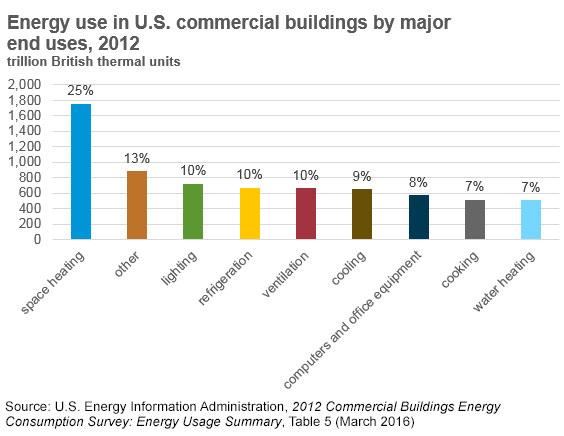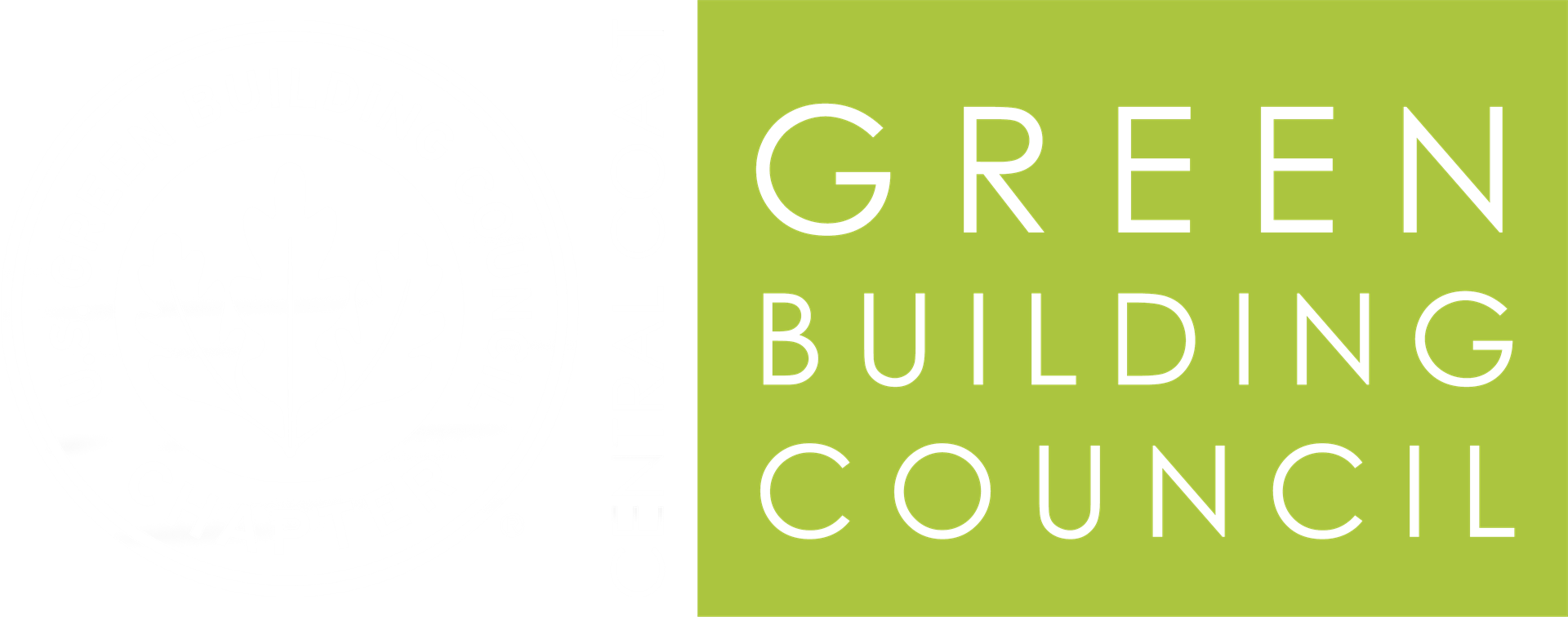
May 28, 2018
Written by Daniele Burns and Brian Wallin
Saving water in California has been stressed time and time again through the twenty-first century, and we’ve heard countless tips over the radio or on the news on how to be more water conscious. Now, we have programs like LEED to help guide construction and building renovations to be more efficient from the start. In the upcoming years with the implementation of zero net energy construction in California, water use reduction and water efficiency will become an even more vital factor in building construction and renovation. Building designers and contractors will need to consider the design of a building from the get-go, using on-site resources and looking at synergies between systems to provide for the occupants with minimal additional energy requirements.
Water Use and Efficiency
Improving water efficiency is a crucial factor in helping your building achieve ZNE and LEED credits. According to the State of California Energy Commission, 19% of California’s total energy consumption is used to treat and distribute water (1) , making multiple levels of water metering and aerated low flow fixtures essential in identifying water usage issues and leaks, and reducing total water consumption. Being overall conscious about the sourcing and use of water in your building (via multi-level water metering) contributes to your LEED scorecard, while reducing water demand through methods like aerated, low flow fixtures reduces the energy associated with its transport, heating and cooling, proving beneficial for Zero Net Energy standards. Water heating alone can account for 7% of a building’s energy usage, so utilizing tools like electric-powered heat pump water heaters in conjunction with low flow fixtures in showers can make a substantial impact on buildings’ total energy use. Depending on your location, the US department of Energy recommends electric-powered heat pump water heaters as the most efficient, and most cost effective, method of water heating over a 13 year period. A powerful feature of these water heaters is their ability to be incorporated into the building’s ventilation system to reduce energy demands associated with cooling, a task that accounts for 9% of a building’s total energy use. The location of your heat pump water heater can be integrated into the design of your building from the start. Placing a heat pump water heater in an area expected to be significantly exposed to heat will not only improve the efficiency of the heat pump water heater, but also help reduce the temperature of that area of the building, further reducing energy demands for cooling.
Water metering, low flow fixtures and heat pump water heaters will help reduce the amount of total water used and the energy demand of using that water, but a rainwater management system can help reduce the amount of potable water used by your building. Rainwater management serves a dual purpose of reducing potable water use, and reducing runoff and pollution from your site by harvesting and naturally purifying it. Using rainwater for irrigation eliminates excess surface runoff by capturing the excess water during storm events, then releasing it slowly over time for irrigation. Irrigating with this water reduces pollution to the environment because the pollutants in rain are seen as nutrients by plants so they take them up and convert them to biomass. These systems are a true win-win to reduce potable water use and benefit the environment in a positive way.
Residential
Water use reduction on a commercial scale creates major energy reductions associated with distribution and consumption, but changing the way we use water in our own residence creates the dualistic benefits of saving money while reducing energy demands associated with water on a broader level. Here in central California, high water demands are met with a lack of water resources due to droughts perpetuated by infrequent rains, meaning innovation is required to do the most with the limited resource we have available. In a residence, the leading water guzzlers are toilets, showers, faucets, and washing machines, making them the targets ofbehavioral and technical changes for water consumption reduction. When the drought was peaking, we were advised to take shorter showers, follow the “when it’s yellow, let it mellow” adage, and turn the faucets off in between washing dishes. These are all essential elements in water use reduction, but the next step is in getting technical to maximize the benefits of water consumption reduction. Ensuring that these products are functioning at optimal performance is fundamental to resource savings, otherwise leaks and malfunctions contribute to the mindless waste of potable water. It’s worth noting, you can’t change what you can’t measure, so the first step in implementing water consumption changes is to identify your major usage areas. Metering different elements of use can help you detect leaks, and you can use the following water use calculator to look at behavioral factors affecting use: https://www.watercalculator.org
When the drought was peaking, we were advised to take shorter showers, follow the “when it’s yellow, let it mellow” adage, and turn the faucets off in between washing dishes. These are all essential elements in water use reduction, but the next step is in getting technical to maximize the benefits of water consumption reduction. Ensuring that these products are functioning at optimal performance is fundamental to resource savings, otherwise leaks and malfunctions contribute to the mindless waste of potable water. It’s worth noting, you can’t change what you can’t measure, so the first step in implementing water consumption changes is to identify your major usage areas. Metering different elements of use can help you detect leaks, and you can use the following water use calculator to look at behavioral factors affecting use: https://www.watercalculator.org
The recommendations made for commercial buildings hold true for residential applications. Low flow toilets and aerators in faucets give the illusion of high-flow feelings while realistically reducing the amount of water we use throughout the day. Look for the WaterSense label on sink fixtures, shower heads, and toilets or Energy Star labels for appliances. The WaterSense labels ensures that the fixture is both highly efficient, and high performing so that the efficiency of the fixture does not come at the cost of performance. According to the Grace Communications Foundation, the organization who took charge in creating the water consumption calculator, toilets made before 1996 used 6 gallons per flush (gpf) (2) while modern toilets (are required by code to use a maximum of 1.6 gpf, and some WaterSense toilets use as little as 1.28gpf with dual flush options using even less) have improved their efficiency to use only 1.5 gallons per flush. This is a great example of how modernizing your home can significantly reduce the water wasted throughout our days, saving money and reducing potable water that is, literally, going down the drain. Simple appliance upgrades produce monumental savings fiscally and resourcefully.
Shifting our focus to outdoor water consumption, the leading contender for water waste, sometimes responsible for 80% of all home water use, goes unsurprisingly to the maintenance of our landscapes. (3) Shifting landscape vegetation away from water-dependent grasses and nonnative species to native, drought-resistant species reduces the water needed for upkeep while adding a more vibrant palette to the landscape. Dressing your yard in California Yarrow, Arroyo De La Cruz Blue-eyed Grass, and Tidy Tips flowers contributes to the visual appeal of your yard while saving you a large chunk of change spent on watering your lawn, and simultaneously diverts 25,000 gallons of potable water annually from being wasted. Exploring harvested rainwater or grey water systems for non-potable uses, like irrigation outdoors, is another step in the right direction of minimizing outdoor water consumption.

We see two main points in reducing water use and increasing efficiency: behavioral changes, and infrastructural upgrades. Both of these aspects can have huge impacts on both savings and energy used in commercial buildings and in the home. Simple changes like switching the type of fixtures of sinks can make monumental savings both fiscally and resourcefully, and larger upgrades like greywater, reclaimed water, and rainwater systems lead to huge saving over the course of their life cycles.
Sources and Further Reading:
● Best Management Practices
https://www.energy.gov/eere/femp/best-management-practices-water-efficiency
● Water Conservation and Techniques
https://www.wbdg.org/resources/water-conservation
● Water Heating
https://www.energy.gov/energysaver/heat-and-cool/water-heating
● CA Water-Energy Relationships
http://energy.ca.gov/2005publications/CEC-700-2005-011/CEC-700-2005-011-SF.PDF
See page 8 on the California Energy Commission’s report https://www.energy.ca.gov/2005publications/CEC-700-2005-011/CEC-700-2005-011-SF.PDF
See statistic table at https://www.watercalculator.org/water-use/indoor-water-use-at-home/
See Lawn Care Uses a Lot of Water section at https://www.watercalculator.org/water-use/outdoor-water-use-at-home/
___________________________________________________________________
Footnotes
1. See page 8 on the California Energy Commission’s report https://www.energy.ca.gov/2005publications/CEC-700-2005-011/CEC-700-2005-011-SF.PDF
2. See statistic table at https://www.watercalculator.org/water-use/indoor-water-use-at-home/
3. See Lawn Care Uses a Lot of Water section at https://www.watercalculator.org/water-use/outdoor-water-use-at-home/
Authors Daniele Burns and Brian Wallin are students from the UCSB undergraduate program.

